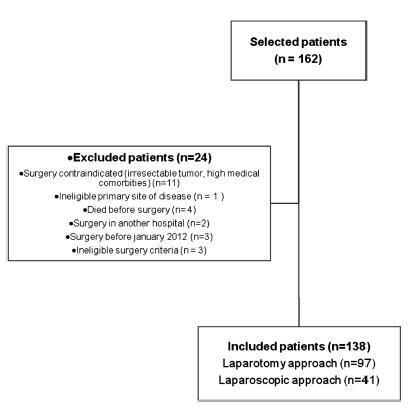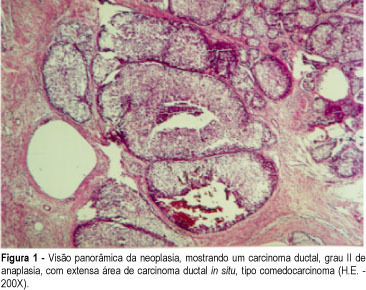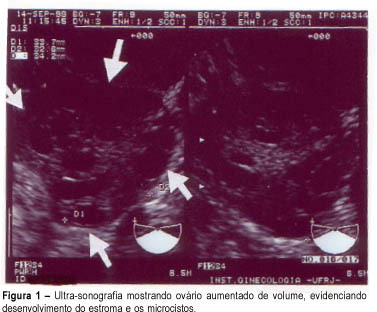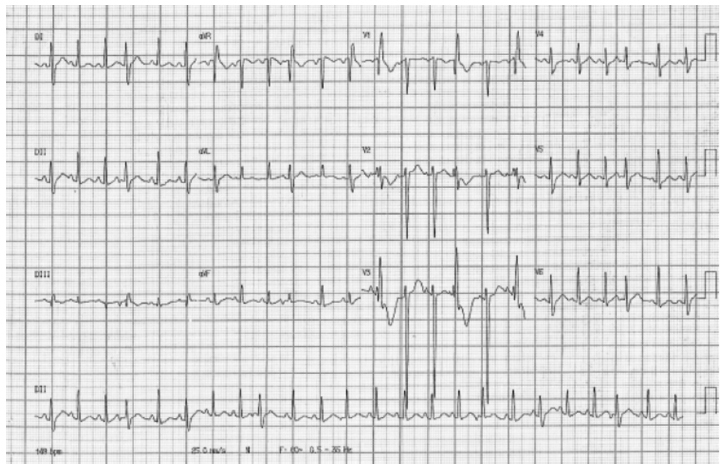Summary
Revista Brasileira de Ginecologia e Obstetrícia. 2019;41(5):306-311
To compare laparoscopy with laparotomy for surgical staging of endometrial cancer.
A cohort of women with preoperative diagnosis of endometrial cancer who underwent surgical staging was retrospectively evaluated. The main study end points were: morbidity and mortality, hospital length of stay, perioperative adverse events and recurrence rate. Data analysis was performed with the software SPSS v25 (IBM Corp., Armonk, NY, USA), categorical variables using a Chi-square and Fisher test, and continuous variables using the Student t-test.
Atotal of 162 patientswere analyzed. 138 patientsmet the inclusion criteria, 41of whom underwent staging by laparoscopy and 97 by laparotomy. Conversions from laparoscopy to laparotomy happened in 2 patients (4.9%) and were secondary to technical difficulties and poor exposure. Laparoscopy had fewer postoperative adverse events when compared with laparotomy (7.3% vs 23.7%, respectively; p = 0.005), but similar rates of intraoperative complications, despite having a significantly longer operative time (median, 175 vs 130 minutes, respectively; p < 0.001). Hospital stay was significantly lower in laparoscopy versus laparotomy patients (median, 3 vs 7 days, respectively; p < 0.001). No difference in recurrence or mortality rates were observed.
Laparoscopic surgical staging for endometrial cancer is feasible and safe. Patients have lower postoperative complication rates and shorter hospital stays when compared with the approach by laparotomy.

Summary
Revista Brasileira de Ginecologia e Obstetrícia. 2003;25(5):307-307
Summary
Revista Brasileira de Ginecologia e Obstetrícia. 2000;22(5):307-310
DOI 10.1590/S0100-72032000000500009
Polymastia is a usual problem in Mastology clinics and the possibility of cancer must be taken into consideration, as much as in any other mammary tissue. In the present study the case of a 48-year-old patient, submitted to the excision of the left axillary breast for cosmetic purposes is reported. The histological examination showed an invasive ductal carcinoma with an extensive in situ component. The patient was submitted to a wide excision plus axillary lymphadenectomy and radiation therapy. The frequency, diagnosis, prognosis and treatment of cancer in supernumerary breasts is also reviewed.

Summary
Revista Brasileira de Ginecologia e Obstetrícia. 2001;23(5):307-312
DOI 10.1590/S0100-72032001000500006
Purpose: to evaluate the effectiveness of color Doppler as a diagnosis method for polycystic ovary syndrome (PCOS) through blood flow variations in the ovarian stroma, in the uterine arteries and in the subendometrial tissue. Methods: thirty patients divided into two groups were selected: fifteen patients with amenorrhea or oligomenorrhea, hirsutism (Ferriman and Gallwey score >8), body mass index >25 kg/m² and echographic examination identifying increased hyperechogenic stromal and ovarian polycystosis (study group), and an identical number of patients presenting normal menstrual cycles, with no signs of hirsutism and with normal ultrasonography (control group). Transvaginal Doppler flowmetry measured systolic peak velocity or maximal velocity (Vmax) pulsatility index (PI) and resistance of ovarian stromal vessels, uterine arteries and subendometrial layer. Results: Doppler velocimetry showed significantly higher Vmax layer (p<=0,0004) in the ovarian stromal of patients with PCOS (12.2 cm/s) when compared to the control group (8.05 cm/s); the uterine artery PI was also higher in the PCOS group (3.3 cm/s) versus the control group (2.7 cm/s); other Doppler velocimetry parameters did not show significant differences. As we established a cutoff = 9 cm/s for the sample for Vmax, we obtained the percentages of 95.2 for sensitivity, 80.0 for specificity, 83.3 for positive predictive value and 94.1 for negative predictive value. Conclusion: Doppler velocimetry might constitute an additional tool to be incorporated in clinical and ultrasonographic investigation concerning the PCOS diagnosis.

Summary
Revista Brasileira de Ginecologia e Obstetrícia. 2016;38(6):308-313
Pathophysiological mechanisms of peripartum cardiomyopathy are not yet completely defined, although there is a strong association with various factors that are already known, including pre-eclampsia. Peripartum cardiomyopathy treatment follows the same recommendations as heart failure with systolic dysfunction. Clinical and experimental studies suggest that products of prolactin degradation can induce this cardiomyopathy. The pharmacological suppression of prolactin production by D2 dopamine receptor agonists bromocriptine and cabergoline has demonstrated satisfactory results in the therapeutic response to the treatment. Here we present a case of an adolescent patient in her first gestation with peripartum cardiomyopathy that evolved to the normalized left ventricular function after cabergoline administration, which was used as an adjuvant in cardiac dysfunction treatment. Subsequently, despite a short interval between pregnancies, the patient exhibited satisfactory progress throughout the entire gestation or puerperium in a new pregnancy without any cardiac alterations. Dopamine agonists that are orally used and are affordable in most tertiary centers, particularly in developing countries, should be considered when treating peripartum cardiomyopathy cases.

Summary
Revista Brasileira de Ginecologia e Obstetrícia. 2013;35(7):309-316
DOI 10.1590/S0100-72032013000700005
PURPOSE: To determine perinatal outcomes and factors associated with fetal brain sparing effect diagnosed by Doppler flow velocimetry in patients with arterial hypertension. METHODS: We performed a cross-sectional retrospective study including 129 pregnant women with arterial hypertension and submitted to Doppler flow velocimetry, within fifteen days before delivery. Women with multiple pregnancies, fetal malformations, genital bleeding, placenta praevia, premature rupture of membranes, smoking, illicit drug use and chronic diseases were excluded. We analyzed the biological, socio-demographic and obstetric characteristics, as well the perinatal outcomes. To determine the association between variables, we used the χ² test, Fisher's exact test and Student's t-test. Multiple logistic regression analysis was performed to determine the factors associated with fetal centralization. RESULTS: Pre-eclampsia was the most frequent hypertensive disorder (53.5%) and fetal brain sparing effect was observed in 24.0% of fetuses. The prenatal factors associated with fetal brain sparing were the persistence of bilateral protodiastolic notches in uterine arteries (OR 3.6; 95%CI 1.4 - 9.4; p=0.009) and intrauterine growth restriction (IUGR) (OR 3.3; 95%CI 1.2 - 9.3; p=0.02). The perinatal outcomes associated with fetal brain sparing were gestational age <32 weeks, small for gestational age (SGA) infants, birth weight <2,500 g and perinatal death. There was no association with other maternal or neonatal variables. CONCLUSIONS: The main factors associated with fetal brain sparing were persistence of uterine arteries notches, IUGR, and increased frequency of adverse perinatal outcomes.